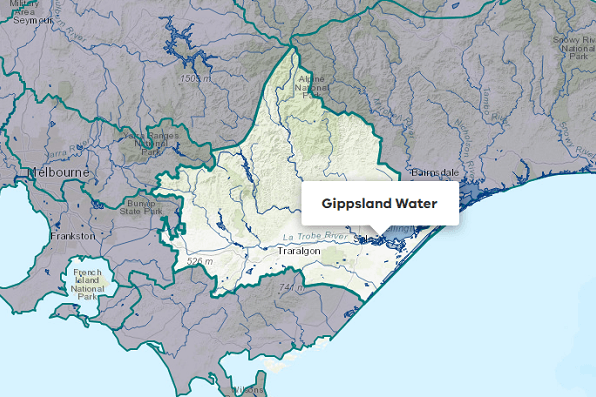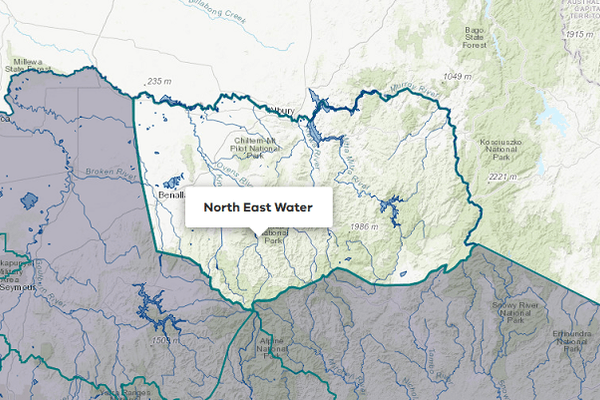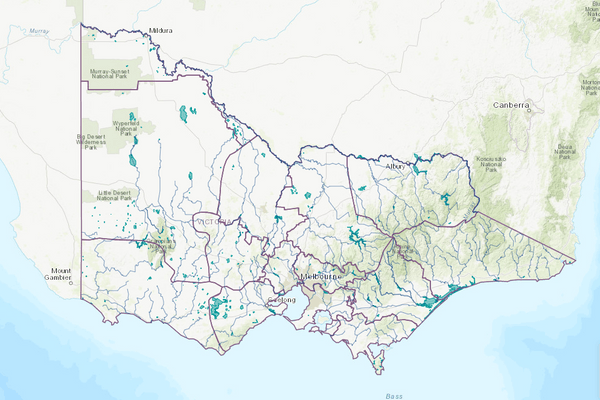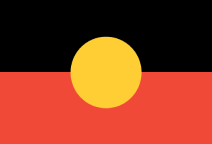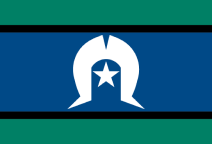About the area
East Gippsland Water’s service area spans 21,000 km2. It extends from Lindenow in the west through to Mallacoota in the east and north to Dinner Plain in the Victorian Alps.
Key population centres include Bairnsdale and the holiday centres of Paynesville and Lakes Entrance.
Water services are provided to around 49,000 people via 9 separate water supply systems.
More information on the water corporation can be found at East Gippsland
2022-23 overview
Urban deliveries
4,688 ML of urban residential and non-residential deliveries were made in 2022-23, similar to the previous year (4,286 ML in 2021-22).
Wastewater recycled at treatment plants
81% of wastewater was recycled (2,872 ML of 3,529 ML), similar to 82% in 2021-22.
Water deliveries
Urban systems
East Gippsland Water operates 9 urban water supply systems, including 7 sourced from surface water, one from groundwater and one from both. Water is sourced from the East Gippsland, Mitchell, Murray, Snowy and Tambo basins.
Table 1: Urban system water balance, East Gippsland Water
Recycled water
Water recycled at wastewater treatment plants can be used to supplement water available in river basins. Table 2 lists the wastewater treatment plants managed by East Gippsland Water. Water discharged to the environment from treatment plants is included as an inflow to the water balance for each of the river basins.
More information can be found in How we account for water supply.

